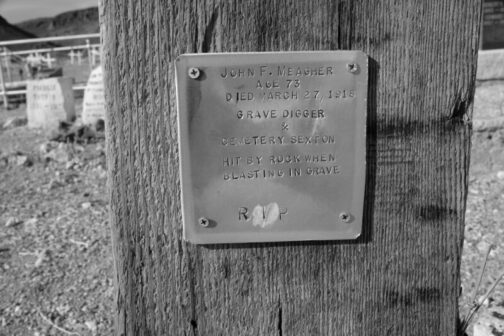I’ve been offline for a while, thanks largely to Word Press for making posting to my website next to impossible. So please bear with me as I struggle to get a handle on ever-evolving computer technology.
During the interim I’ve been watching quite a lot of television—the kind you can get with a rabbit eared antenna. Judging from the commercials, said stations are aimed at elderly viewers such as myself whose bodies and minds are rapidly failing. One such station is GRIT, which mostly airs vintage Westerns starring Randolph Scott. However, recently I found myself binge-watching Spaghetti Westerns, a genre I first encountered way back in the spring of 1967. At the time, I was knocking around Puerto Rico, wandering from barrio to barrio until one day I came upon a village that had a movie theater. The title on the marquee was “For A Few Dollars More,” the second in a trilogy directed by Sergio Leone and starring Clint Eastwood. From that day onward the otherworldly Ennio Morricone score was playing and replaying in my head. I began to smoke rum-soaked cheroots. No longer was I just a stranger in town; I was a “mysterious” stranger!
Of course, I was no match for Clint Eastwood—but, then, who is? Well, when it comes to glowering, there was El Indio, played by Gian Maria Volonte. And also El Indio’s gang of bloodthirsty banditos, which included—OMG, Klaus Kinski! But not a one of them could out-squint Clint—that is, not until Lee Van Cleef rode into town. After quickly dispatching one of the territory’s most wanted bad guys with a spectacular shot, bounty hunter Cleef collects his bounty money and decides to open a savings account at the First Bank of El Paso.
Here is where I have a problem with the Spaghetti Western. Who in his right mind would entrust his savings to a bank? You might as well just skip the middleman and hand it directly to El Indio and his gang, because there is no way in hell the vault won’t be blasted open or towed away come morning, and I’m pretty sure frontier banks weren’t insured by the Federal Deposit Insurance Corporation.
Here’s another question I have–thanks to a recurring commercial that keeps popping up between shoot-outs. Who pays to collect and bury all the dead bodies strewn in the dusty streets of El Paso after Eastwood and Van Cleef have emptied their pistols? Yes, I know there is the cantankerous undertaker making coffin after coffin, but who pays his wages in a town where citizens can’t save any money, let alone pay municipal taxes?
Wait–I know! An insurance company called Colonial Penn, which offers the Nine Ninety-Five Plan. For just nine dollars and ninety-five cents per month, you can get insurance to cover–as spokesman Jonathan Lawson phrases it–“your final expenses.” Doesn’t matter how old you are, if you have pre-existing health issues, if you work as a bank teller or a bank robber–your rate will never go up.
Sadly, Colonial Penn did not in those days have a toll-free telegraph number you could tap or a Pony Express horse you could talk to. No matter, bodies still had to be retrieved, boxed up and buried, and boy, was that EVER hard work! Excavating graves in hardpan Western soil sans heavy machinery was backbreaking labor, and in order to speed things along, some undertakers resorted to using explosives. So, like every other job in the Wild West, it was dangerous as hell. I’m reminded of a grave I once came across in Goldfield, Nevada—that of a cemetery sexton who was killed by a flying rock. Turns out that John Meagher’s “final expenses” included a bill for a case of dynamite.
